January 31, 2018
How to Inspect Your Tires
Training your drivers and technicians to properly inspect tires is well worth the time and expense because it will save your fleet significant dollars over the long term. Drivers can be the early warning system for alerting maintenance regarding tire concerns.
The number one tire issue drivers should be trained thoroughly about is measuring the air pressure. In order to maximize tire mileage, air pressure must be properly maintained to insure the tire is running down the highway with the correct tire footprint or contact patch. When the tire footprint is distorted due to underinflation and high loads, irregular tire wear will develop leading to premature tire removals. Drivers kicking their tires with their boots or using a club to check their tire pressures is clearly not recommended or endorsed. It is impossible to differentiate between a 70, 80 or 100 psi tire using a baseball bat. A completely flat tire, which is not the norm, is really the only time a club identifies the problem.
The industry definition used by the Commercial Vehicle Safety Alliance (CVSA) and TMC is that a tire is considered flat when the measured air pressure is 20% below the target specification that you have chosen from your tire suppliers' published load tables. If your fleet is running 100 psi in your tires and your driver or technician measures a tire to be at 80 psi, then that tire should be removed from service and thoroughly inspected. There is a reason why the pressure in a tire is so low.
Pressure gauges are not very accurate even when they are brand new; a typical stick gauge is only accurate to +/- 3 psi. Dropping the gauge a few times on the hard concrete will make it even worse. So, in order to be useful, tire gauges need to be calibrated. Truck stops all have a calibrated air gauge checking station. Your fleet should also have one of these checking stations in the shop and gauges should be checked weekly. If out of spec, either throw the gauge away or purchase stick gauges that are calibratable using the bottom set screw.
Having drivers inspect and check tires for any signs of irregular wear such as depressed wear, cupping and fast shoulder wear will help identify the root cause. Running your fingers across the tread surface is a great way to feel for any signs of uneven wear. It may be caused by running the tire underinflated, having worn suspension components or due to vehicle alignment issues. It could even be that the specific tire make and model is not the best choice for your specific vocation. It is also possible to have a tractor in perfect alignment while the trailer is misaligned. This could lead to irregular wear developing on both steer and drive tires because the trailer forces the tractor to dogleg left or right, which leads to tread scrubbing.
The TMC of the American Trucking Associations publishes the definitive guide to identifying specific tire wear conditions and the causes in their recommended practice RP 219c.
Drivers should also regularly inspect tires for side wall damage, leaking value stems and if using an automatic tire inflation system, any leaks in hoses.
Training your driver and technicians on Tires 101 is really important to help improve any tire program. Many fleets train their drivers about tires in their first week of employment. This is great, but it should be done on a recurring basis. Check with your tire supplier for assistance in putting on tire classes.
Add new comment
2025 PARTNERS
A special thank you to our premium level partners for your continued support.




.png)
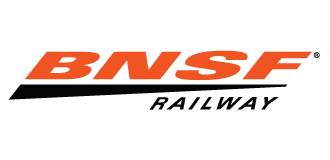





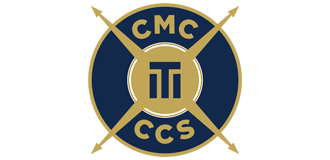

















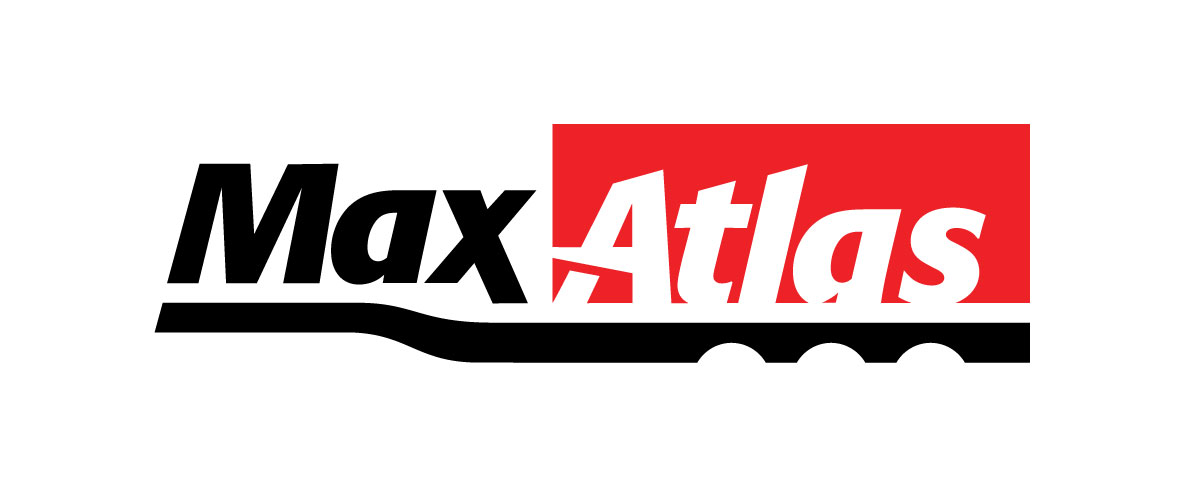

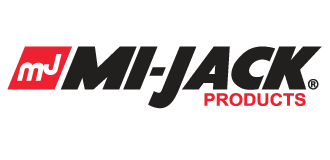
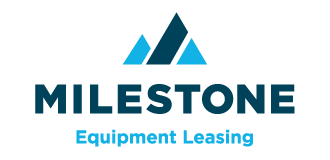





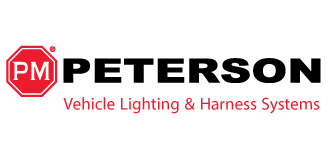




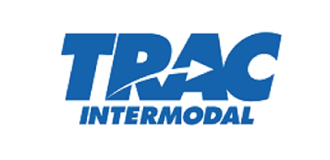




Comments